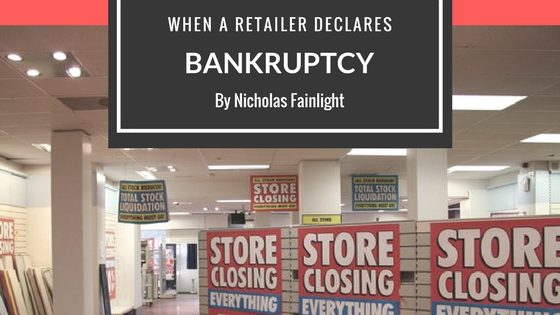Nearly 2000 retail locations have closed, or are scheduled to close in 2017. Retail bankruptcies are at an all-time high,expected to surpass the number of bankruptcies during the great depression. With changes in our economy and changes in our shopping habits, the bankruptcy trend is expected to continue.
Decreased need
Many retailers expanded their operations before the beginning of the recession. Since so many companies expanded at the same time, there is now more supply than demand. Customers have more retailers to choose from, and some families still have less disposable income.
Online Shopping
Customers expect value for their dollar and have easy online access to product prices. Many businesses have been unable to compete with low-priced internet retailers like Amazon. Companies nationwide are cutting their expenses and closing stores. Many are redirecting their focus to their online presence.
Consumer Demands
Retailers have always needed to focus on the needs of consumers. Customer needs are changing. There was a time that consumers were shopping for mass-produced, commercial products with global appeal. They were shopping for prestige and status.
Consumers today are shopping for more products sourced locally. They purchase from ethical companies who pay fair wages. Consumers are shopping for eco-friendly products and ecologically sound business practices. More is spent on experiences, signaling a change in culture and values.
Increased Screen time
We value our screen-time, and so do our kids. Retailers like Toys-R-Us, who recently filed for bankruptcy protection, may not be as popular as they once were. Children are not playing with dolls, trucks, and games as often as children of previous generations. Toys may be taking a back seat to electronic screens.
Leveraged Buyout
Many retailers are left in the hands of an equity firm when they file for bankruptcy protection. The equity firm provides a small down payment and secures a loan on behalf of the company in crisis. The equity firm places their own management team at the bankrupt company. The rescued company is responsible for repayment of the loan and pays management fees to the LBO. Many will not survive this arrangement.
Not all companies in crisis will disappear. Businesses file for bankruptcy protection to restructure The brick-and-mortar stores are necessary for the success of most retailers. The stores provide a location for customers to pick-up or return their online orders. Many people don’t shop online and prefer face-to-face customer service instead.

